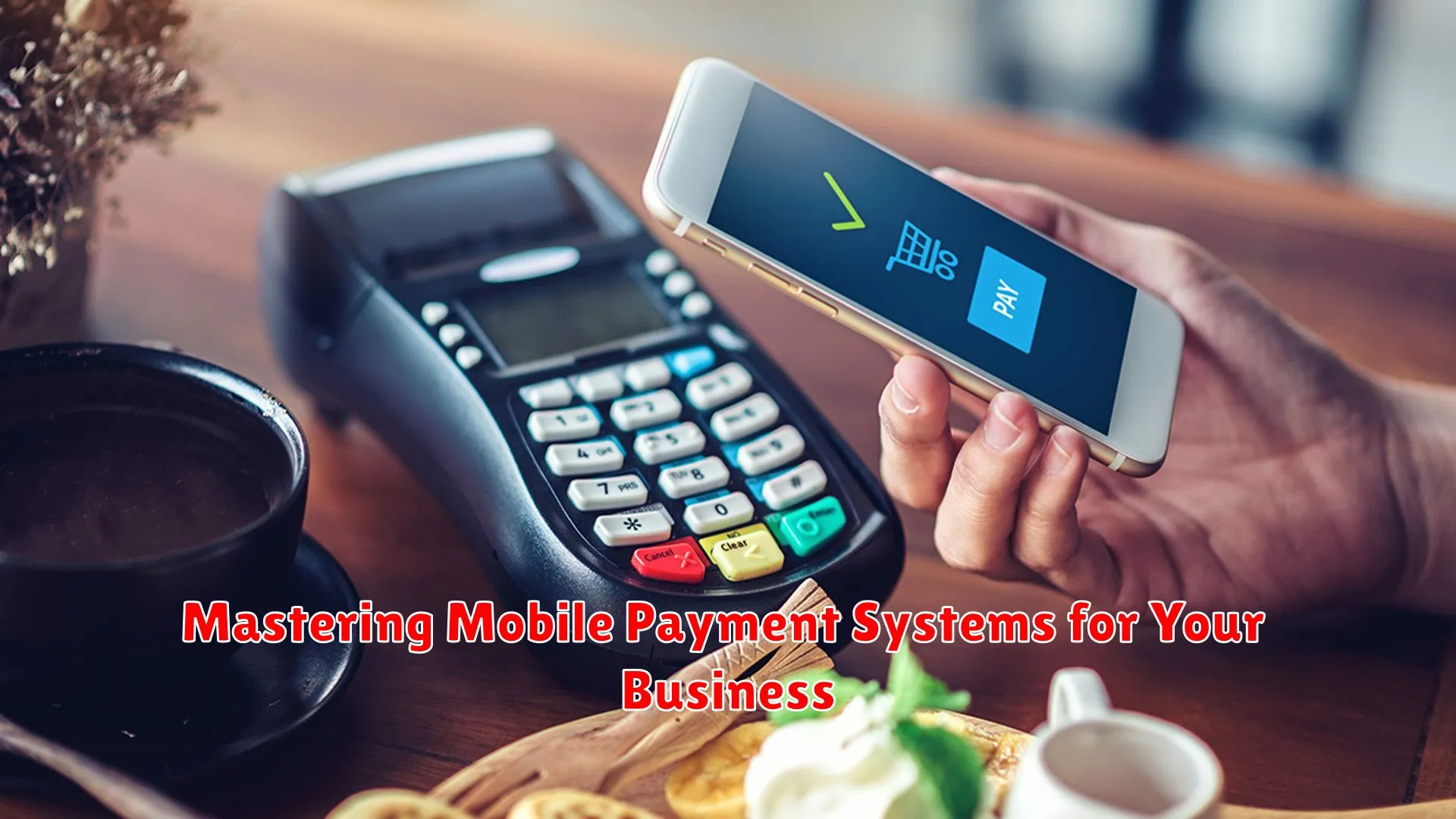Learn how to optimize your business with the latest mobile payment systems. Discover the benefits, security measures, and tips for successful implementation in this comprehensive guide.
Overview of Mobile Payment Technologies
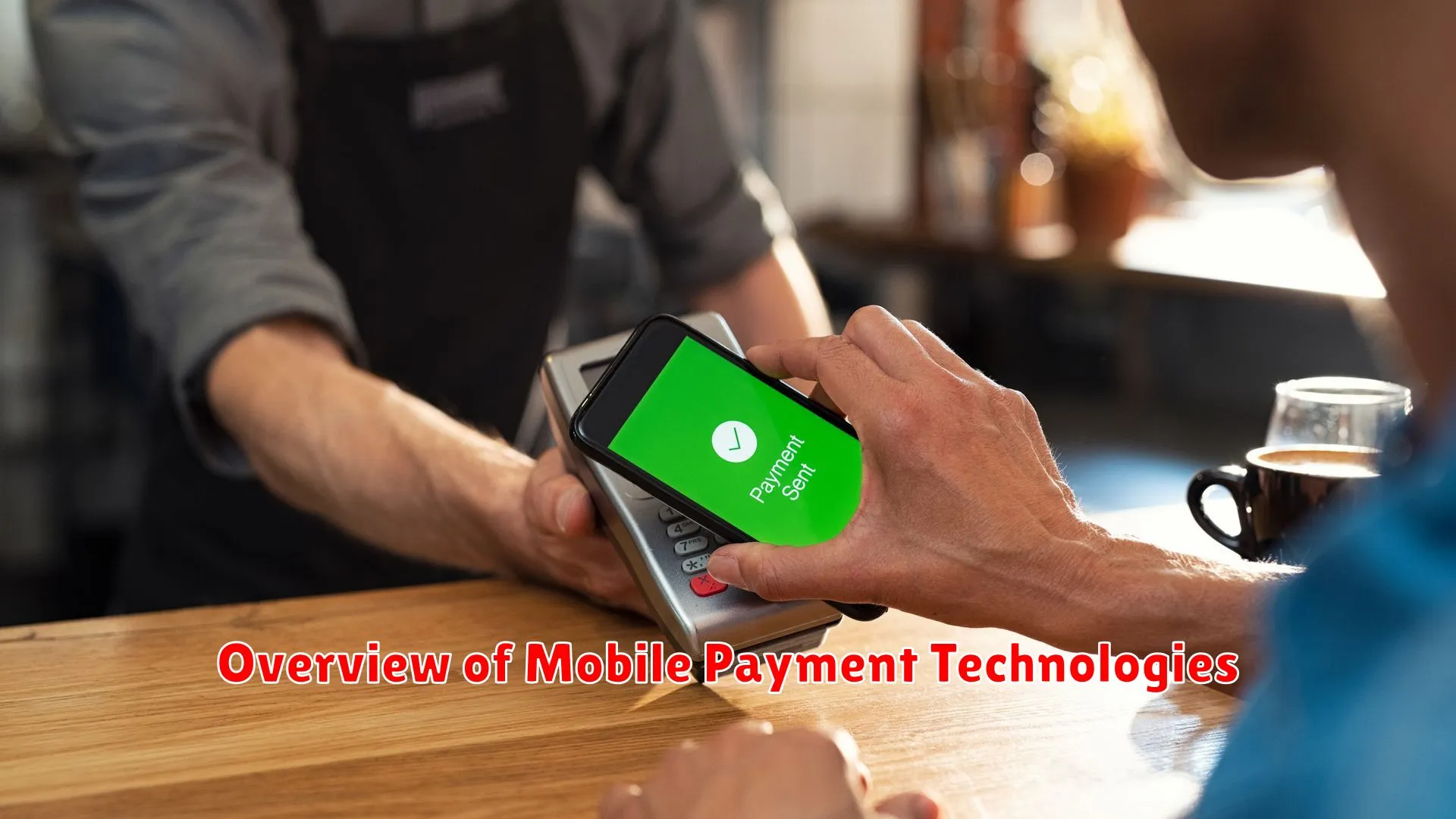
In today’s digital age, mobile payment technologies have revolutionized the way businesses conduct transactions and interact with customers. From traditional card payments to cutting-edge digital wallets, there is a wide range of options available to businesses looking to streamline their payment processes and enhance customer convenience.
One of the most common mobile payment technologies is Near Field Communication (NFC), which allows customers to make contactless payments by simply tapping their smartphones or cards on a compatible terminal. NFC offers a quick and secure way for businesses to accept payments, making it popular in retail and hospitality industries.
Another popular mobile payment technology is mobile wallets, such as Apple Pay and Google Pay, which store users’ payment information securely on their smartphones. This eliminates the need for physical cards and simplifies the checkout process for customers, leading to faster transactions and increased customer satisfaction.
Additionally, QR code payments have gained traction in recent years, especially in emerging markets. Customers can scan a QR code displayed by the merchant to initiate a payment, making it a cost-effective solution for businesses that may not have access to sophisticated POS systems.
As businesses strive to stay competitive in a rapidly evolving digital landscape, mastering mobile payment systems is essential to provide customers with seamless and secure payment options. By understanding the various mobile payment technologies available and implementing them effectively, businesses can create a more efficient payment process and enhance the overall customer experience.
Integrating Mobile Payments into Your E-commerce
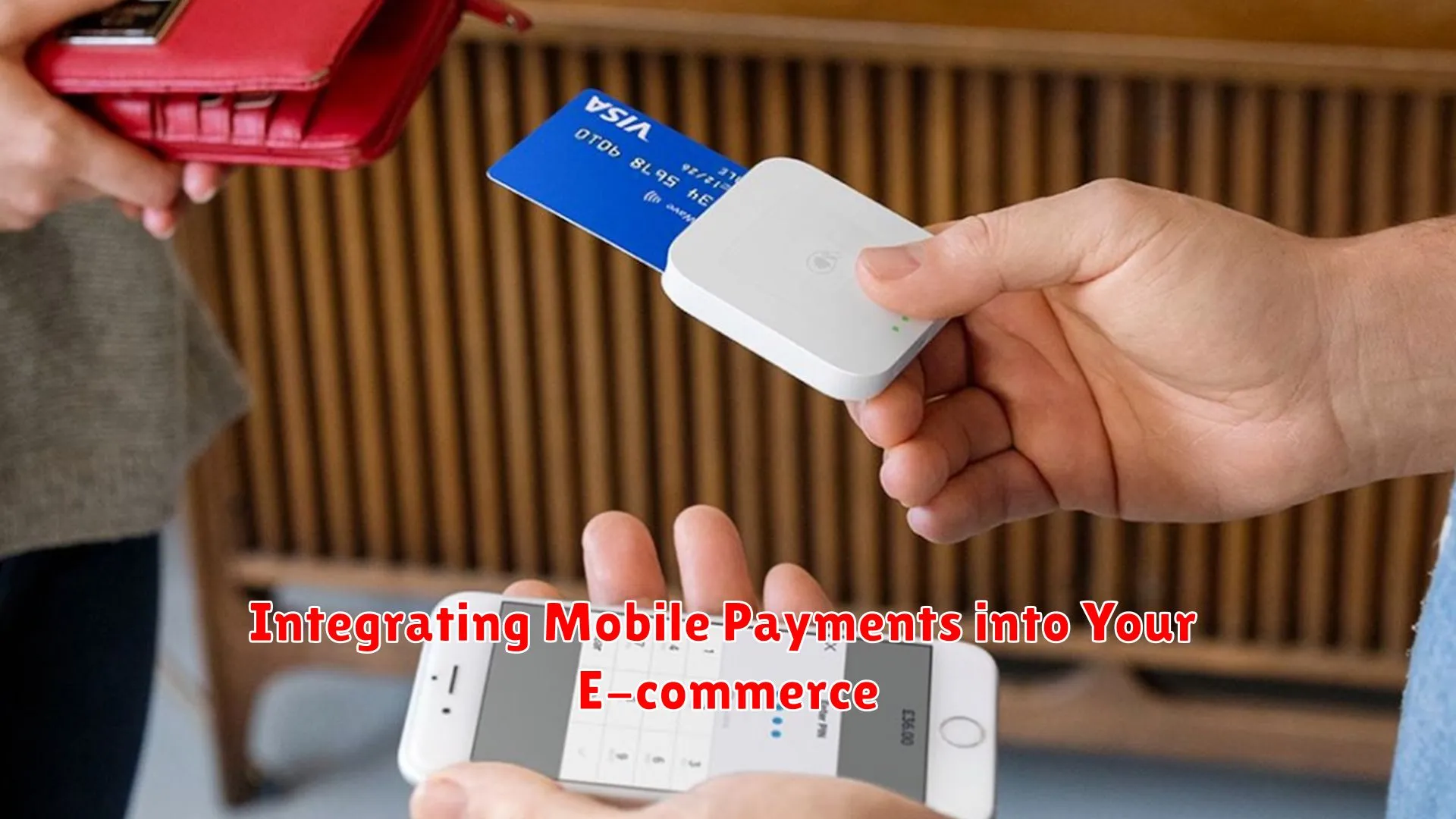
Mobile payment systems have revolutionized the way businesses conduct transactions in the digital age. Integrating mobile payments into your e-commerce platform is crucial to staying competitive and meeting the increasing demand for convenient payment options.
Here are some key strategies to master mobile payment systems for your business:
- Choose the Right Payment Gateway: Select a reliable and secure payment gateway that is compatible with mobile devices. Ensure that it supports popular mobile payment methods to cater to a wider range of customers.
- Optimize for Mobile: Design your e-commerce website to be mobile-responsive for seamless payment processing on smartphones and tablets. A user-friendly mobile interface enhances the overall shopping experience.
- Enhance Security Measures: Implement robust security measures to protect sensitive customer data during mobile transactions. Utilize encryption and tokenization technologies to safeguard payment information.
- Offer Multiple Payment Options: Provide diverse payment options, including mobile wallets, credit/debit cards, and digital payment platforms to accommodate varying customer preferences.
- Streamline Checkout Process: Simplify the checkout process by minimizing steps and reducing friction. Implement features like one-click payments and autofill to expedite the payment process.
By integrating mobile payments effectively into your e-commerce operations, you can enhance customer satisfaction, increase sales conversion rates, and drive business growth in the digital marketplace.
Benefits of Mobile Payments for Businesses
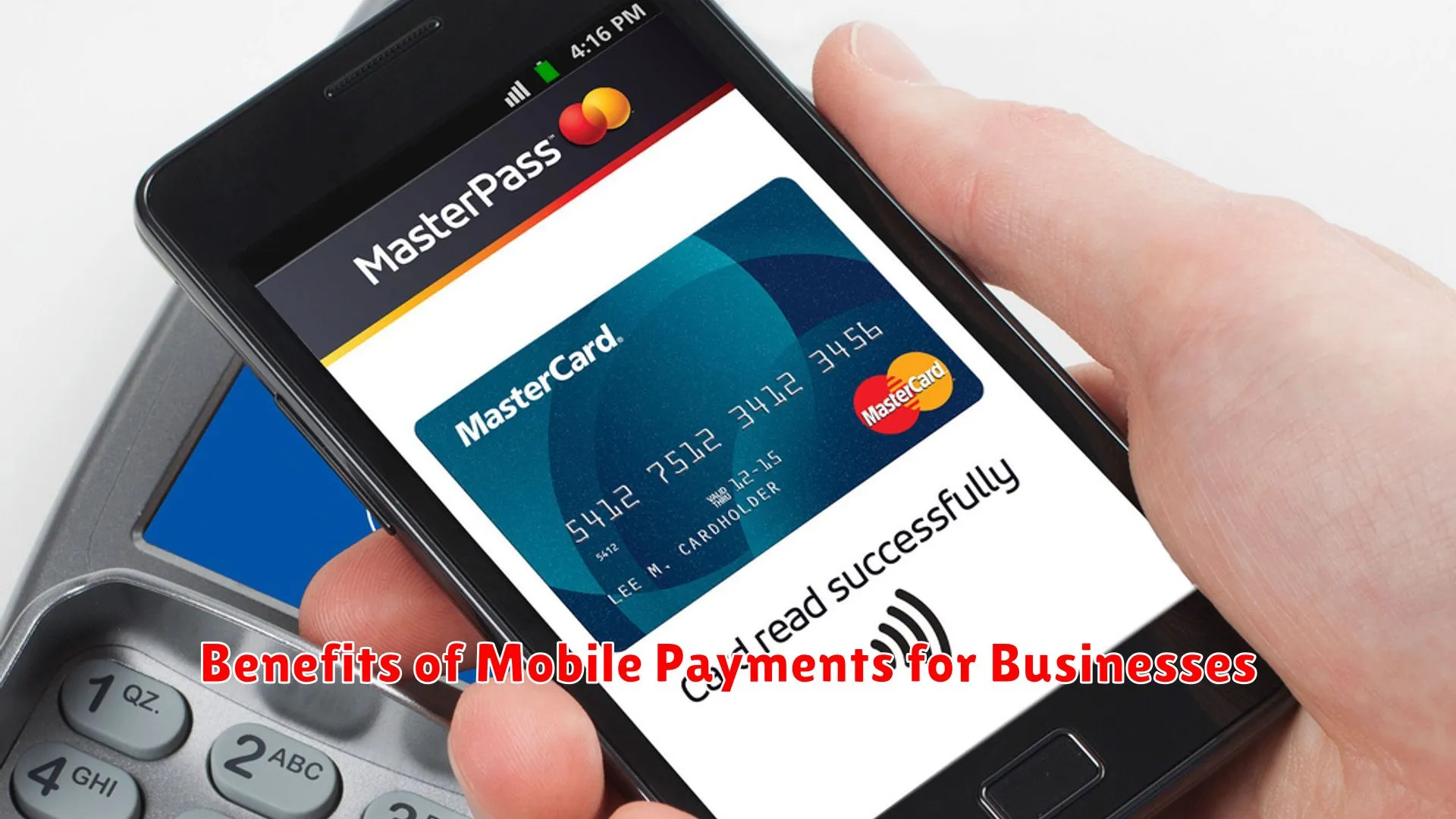
Mobile payments offer various advantages for businesses, making it a crucial aspect of modern commerce. Here are some key benefits:
1. Enhanced Convenience
Mobile payments provide a convenient way for customers to make transactions anytime and anywhere. This convenience can lead to increased sales as customers are more likely to make purchases when the process is simple and efficient.
2. Improved Customer Experience
By offering mobile payment options, businesses can enhance the overall customer experience. Fast and secure transactions show that the business is up-to-date with technology trends and cares about providing a seamless shopping experience.
3. Cost Savings
Mobile payments can reduce the costs associated with handling cash transactions, such as cash counting, banking fees, and security measures. This can result in savings for businesses and streamline financial processes.
4. Increased Sales Opportunities
With mobile payments, businesses can reach a wider audience, including customers who prefer cashless transactions. By offering multiple payment options, businesses can attract more customers and drive sales growth.
5. Data Insights and Analytics
Mobile payment systems often come with built-in analytics tools that provide valuable data on customer behavior, preferences, and buying patterns. This data can help businesses make informed decisions and tailor their marketing strategies.
Security Considerations
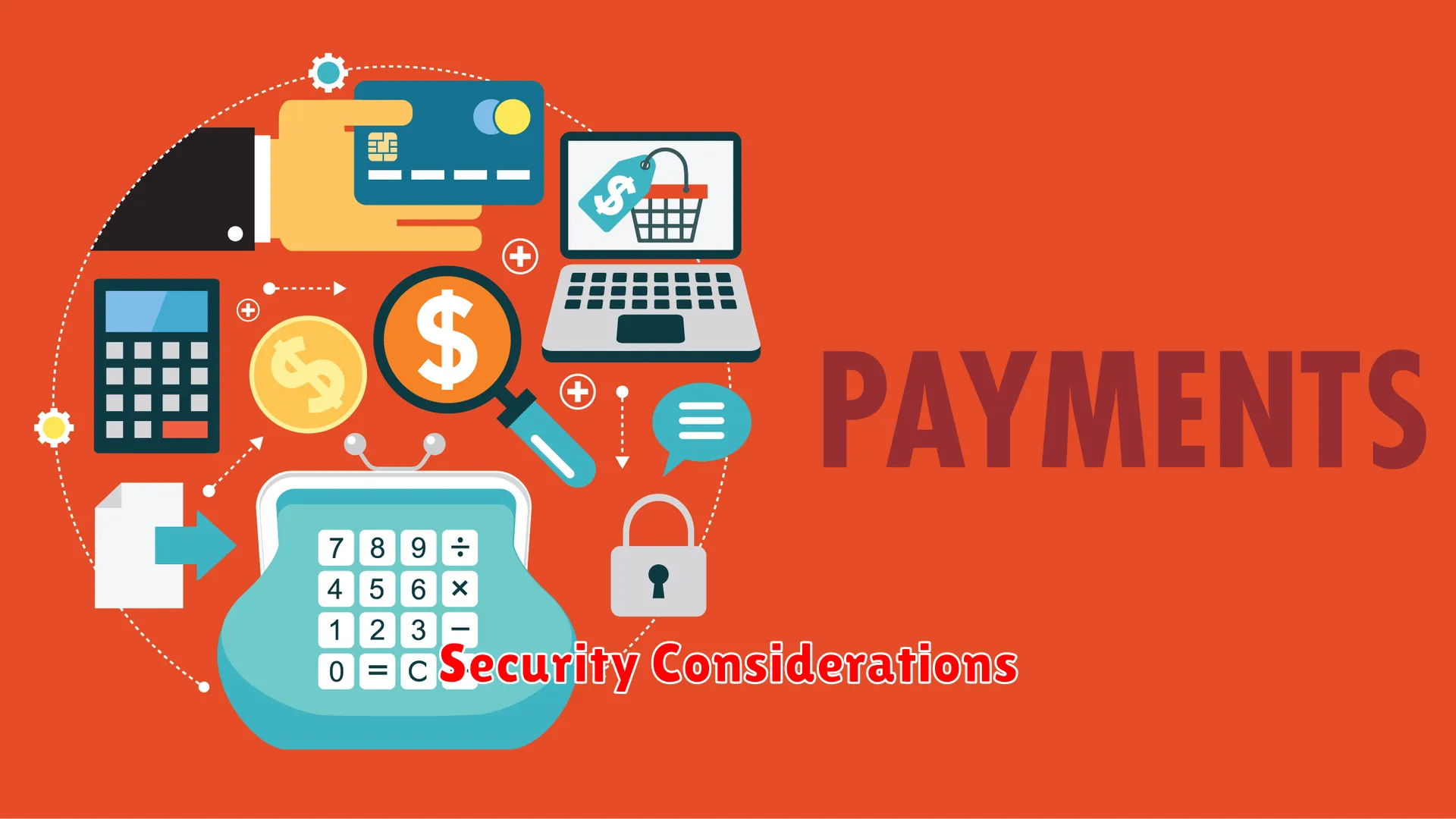
When mastering mobile payment systems for your business, security considerations should be a top priority. Ensuring the safety of sensitive customer data and financial transactions is crucial for building trust and credibility with your users.
Here are some key security measures to keep in mind:
- Encryption: Utilize encryption protocols to protect data transmitted between the mobile app and servers. This safeguards information from potential cyber threats.
- Two-Factor Authentication: Implement two-factor authentication to add an extra layer of security. This helps prevent unauthorized access even if login credentials are compromised.
- Regular Security Audits: Conduct regular security audits to identify vulnerabilities and address them promptly. Stay proactive in monitoring and improving your system’s defenses.
- Compliance with Regulations: Adhere to industry regulations such as PCI DSS to ensure data protection standards are met. Compliance helps in preventing legal issues related to data breaches.
- User Education: Educate your customers on safe practices when using mobile payment systems. Encourage them to set strong passwords and avoid sharing sensitive information.
By incorporating robust security measures and staying vigilant against evolving threats, your business can offer a secure mobile payment experience that instills confidence in your customers.
Staying Ahead of Mobile Payment Trends
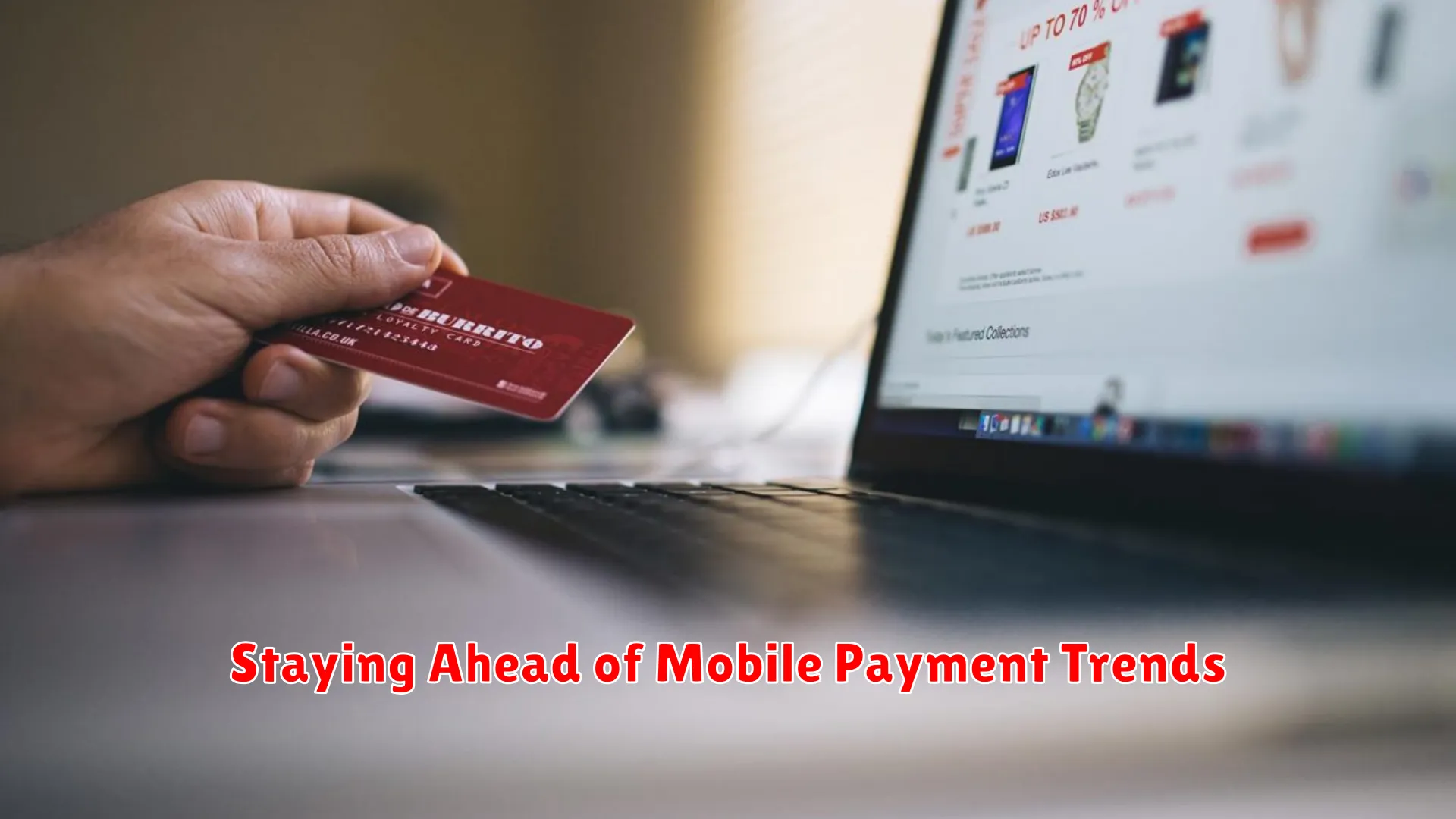
In the rapidly evolving landscape of digital transactions, staying ahead of mobile payment trends is crucial for businesses to remain competitive. With the increasing popularity of mobile payment systems, it is essential for businesses to adapt and leverage these technologies effectively.
1. Embracing Contactless Payments: One major trend in mobile payments is the rise of contactless payment options. Consumers are increasingly preferring the convenience and security of contactless transactions using mobile devices or wearables. Businesses that adopt contactless payment systems can streamline transactions and provide a faster, more seamless checkout experience for their customers.
2. Offering Mobile Wallet Integration: Mobile wallets like Apple Pay, Google Pay, and Samsung Pay have gained widespread acceptance among consumers. Integrating support for popular mobile wallets into your payment system can attract tech-savvy customers who prefer to make purchases using their smartphones. This integration can enhance the overall shopping experience and build trust with your customer base.
3. Implementing Biometric Security Measures: Biometric authentication, such as fingerprint or facial recognition, is increasingly being used to secure mobile payment transactions. By implementing biometric security measures, businesses can offer an added layer of protection against fraud and enhance the security of transactions, thereby boosting consumer confidence in using mobile payments.
4. Leveraging Data Analytics: Mobile payment systems provide valuable data insights that businesses can use to understand consumer behavior, preferences, and shopping patterns. Leveraging data analytics tools can help businesses make informed decisions, personalize marketing strategies, and optimize the overall payment process to meet the evolving needs of their customers.
By staying proactive and adapting to emerging mobile payment trends, businesses can not only streamline their payment processes but also enhance the customer experience, foster loyalty, and drive growth in an increasingly digital-centric marketplace.
Conclusion
In conclusion, integrating mobile payment systems in your business is crucial for enhancing customer convenience and boosting sales in today’s digital era.

